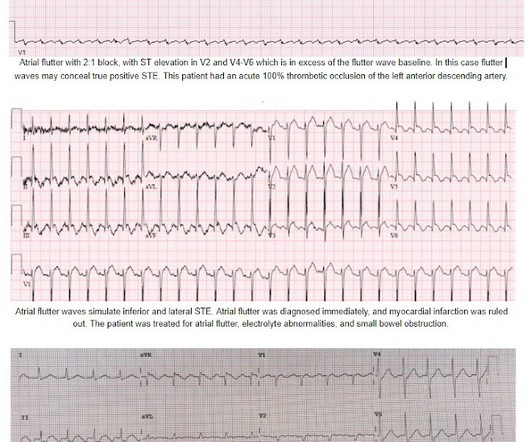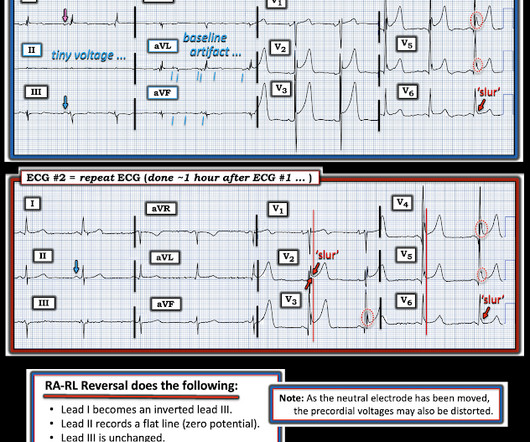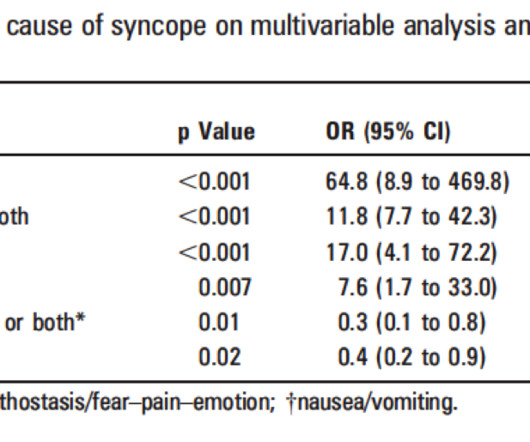ECG Changes in Intracranial Hemorrhage
All About Cardiovascular System and Disorders
NOVEMBER 16, 2023
ECG Changes in Intracranial Hemorrhage ECG changes are fairly common in intracranial hemorrhage. Giant T inversions with QT interval prolongation may be seen in intracranial hemorrhage even without associated myocardial damage [1]. But the number of persons with lobar hemorrhage in that study was only 17%. Am Heart J.





































Let's personalize your content